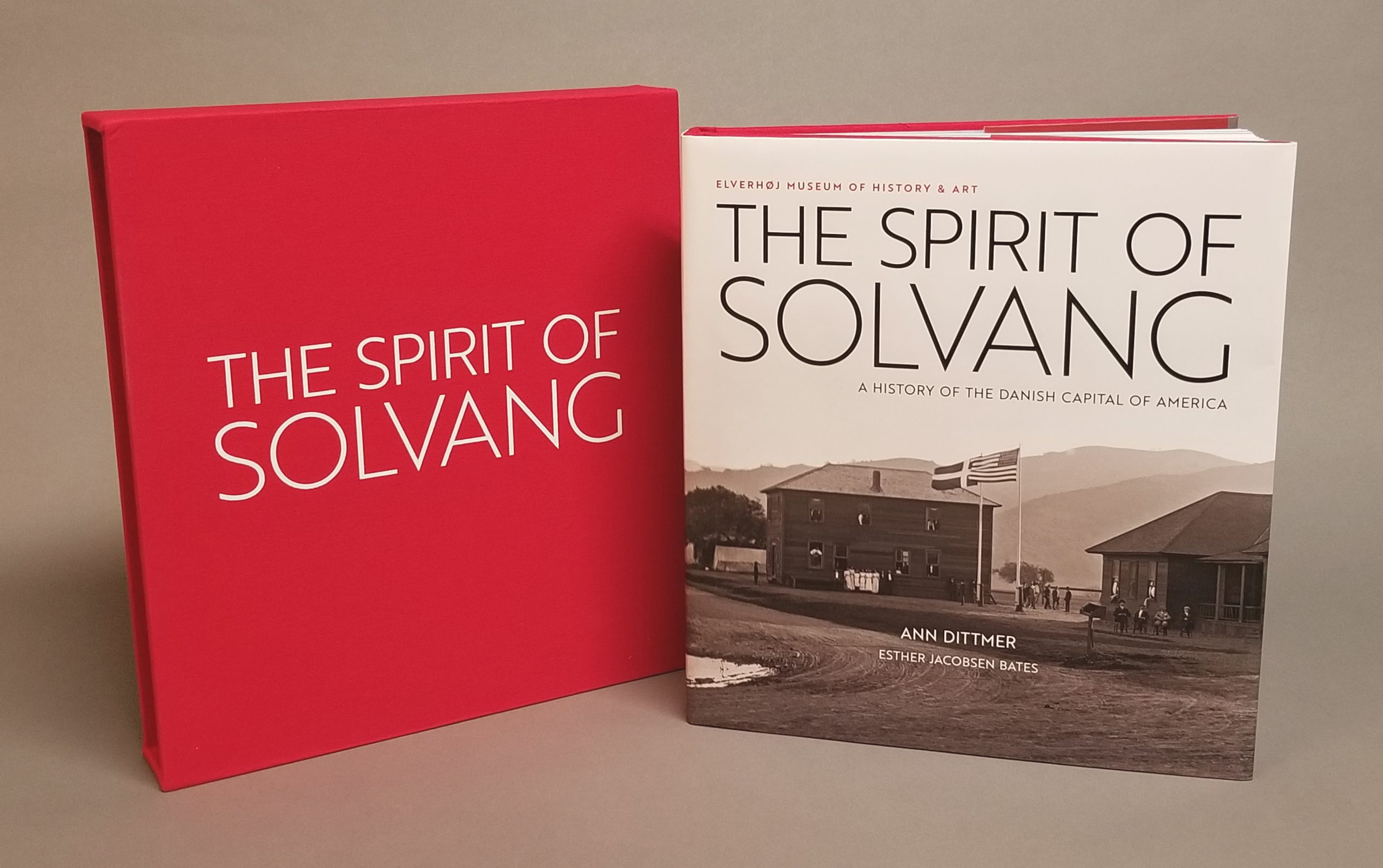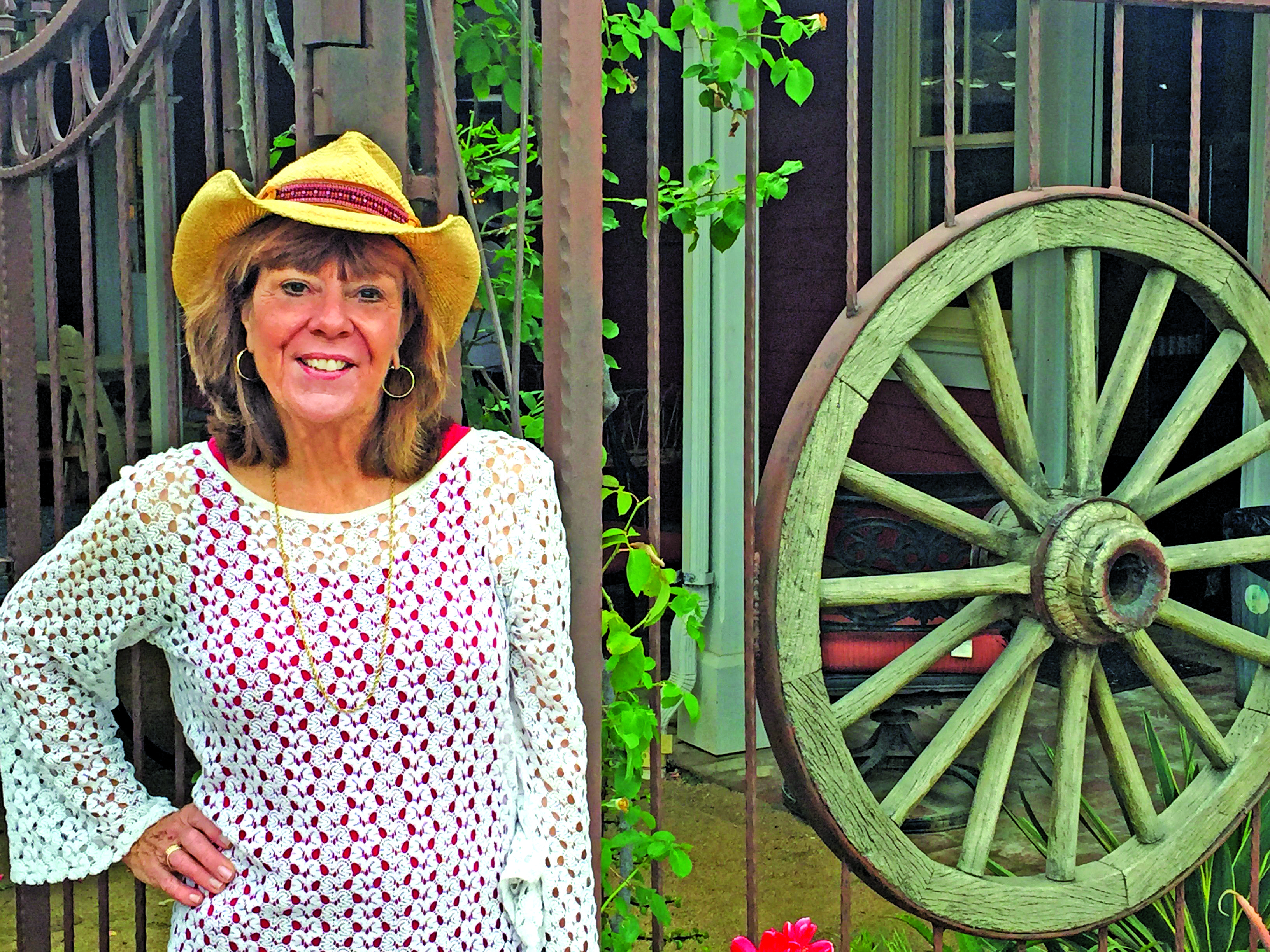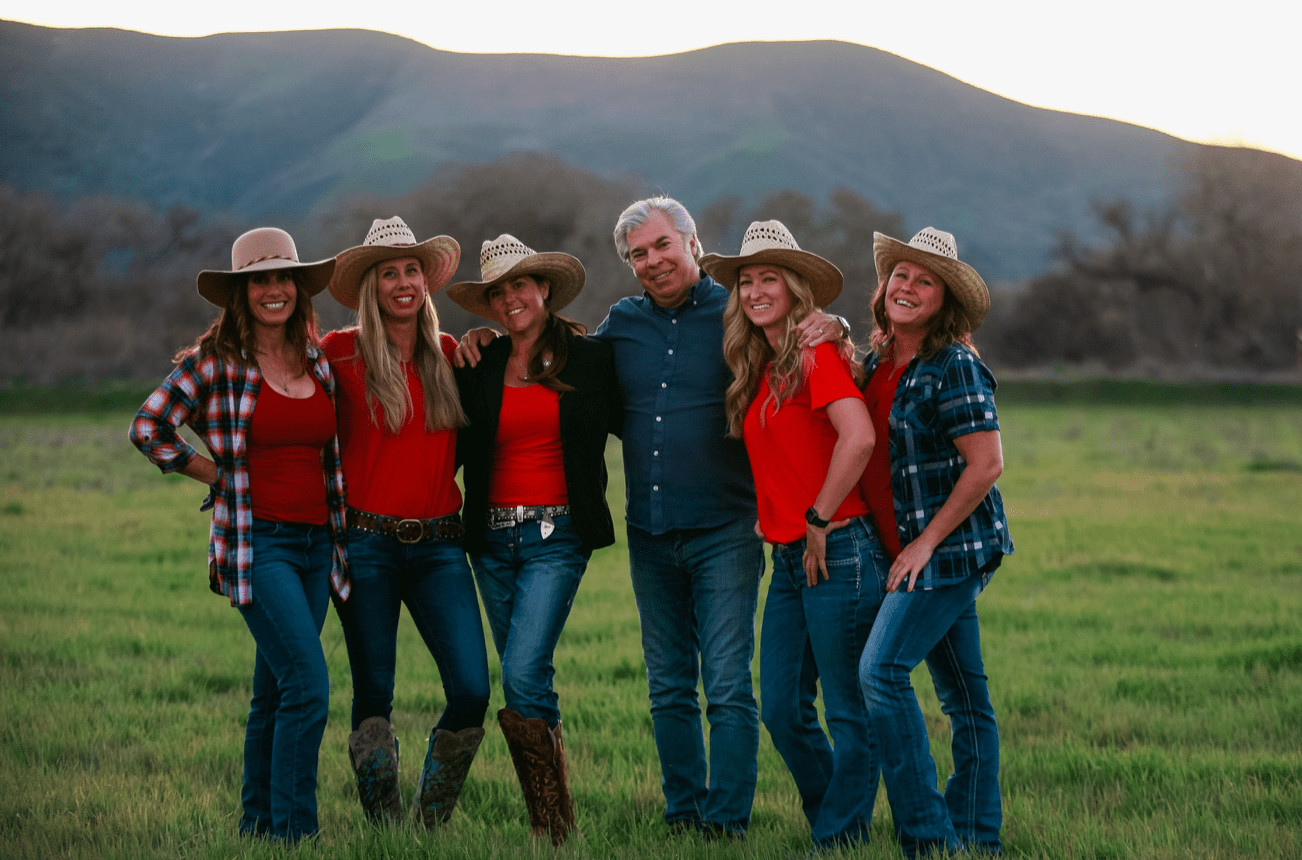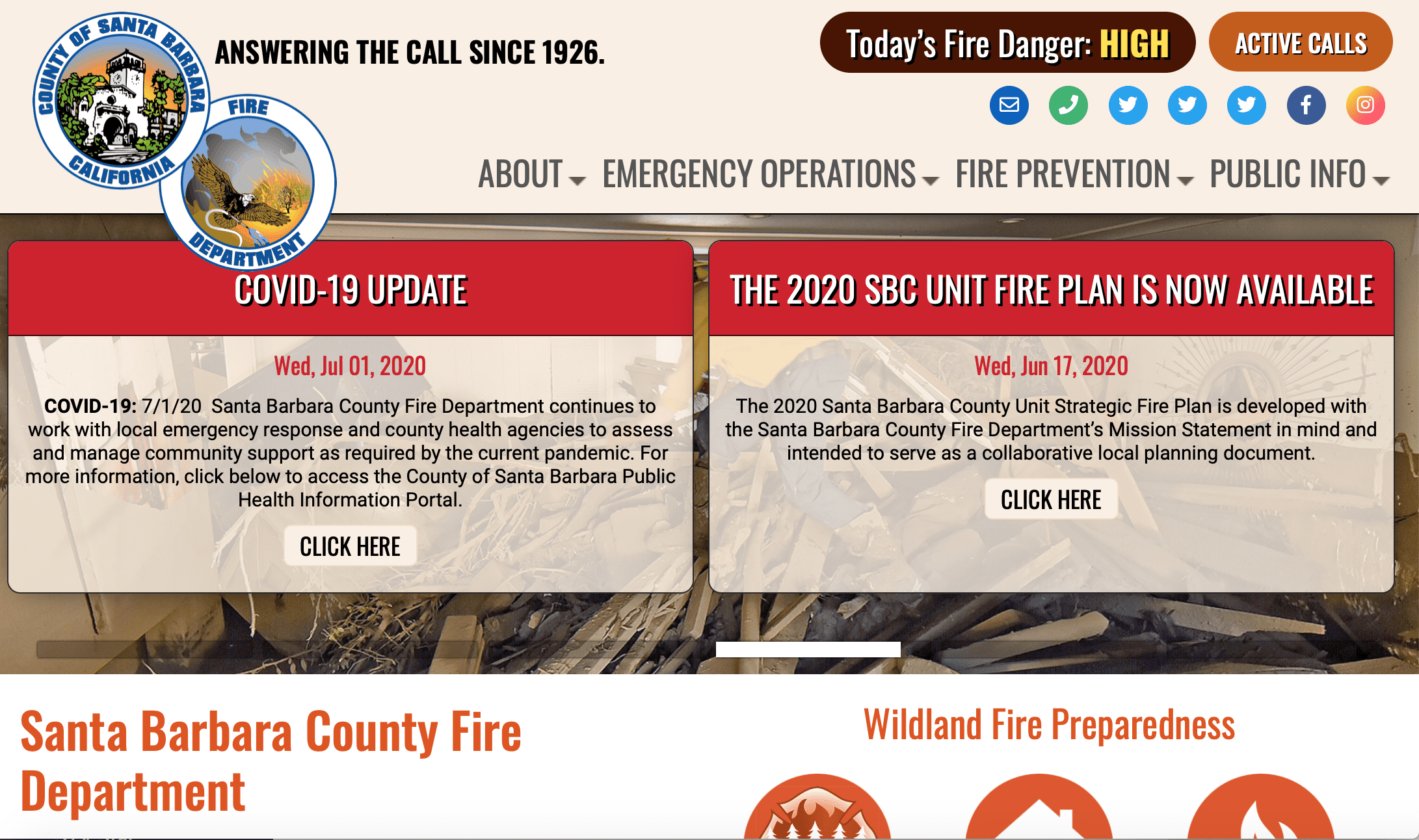By Elverhoj Museum of History and Art
“This is London! The BBC, broadcasting to Denmark!” The message came at 8:35 p.m. on May 4, 1945. At this moment, it was announced “Montgomery has stated that the German troops in the Netherlands, northwest Germany and Denmark have surrendered.”
With those words, Denmark’s people were informed that their five years of occupation by Nazi Germany were over. The people of Solvang rejoiced with them as nearly every Solvang resident had relatives and friends in Denmark during the war.
Denmark would have to wait another 12 hours until the liberation officially took effect at 8 a.m. May 5, but the radio broadcast brought happy Danes out into the streets. Many of them used the occasion to burn the hated black window shades that had been required to keep cities in total darkness during bombing raids. Although the message about the Danish liberation went out on May 4, Denmark’s official Liberation Day holiday is marked annually on May 5.
In Solvang, the war years were somber times. Local men and women enlisted in all branches of the American armed forces. War reminders were everywhere: food was strictly rationed, soldiers from nearby Camp Cooke (now Vandenberg Air Force Base) hung out in Solvang, and local groups gathered to roll bandages for the troops and to make and pack items for care packages to send to Denmark.
Shortly after Germany’s unconditional surrender on May 7, 1945, more good news came to Solvang when it was learned that Lt. Raymond Paaske had been released from a German prison camp. He was the last of the Santa Ynez Valley men held by the Germans.
After the difficult war years, Solvang gradually returned to health and vitality. Immigration from Denmark slowly resumed. A steady stream of Danes arrived to live and work in Solvang in the two decades after the war; Hanberg, Jacobsen, Jaeger, Larsen, Mortensen, Olsen, Petersen, Sorensen, and Weber are some of the family names that continue to be associated with Solvang today. Perhaps it is Solvang’s blending of American economic ideals with Danish community cooperation that makes it the “Danish Capital of America.”
The community is strong and, just as it evolved and thrived in the years following the war, it will recover from the COVID-19 pandemic and once again be the cultural and tourist center of the Santa Ynez Valley.
Want to learn more about the history of Solvang?
The Spirit of Solvang book is available for shipping or curbside pick-up. Call 805-686-1211 or email info@elverhoj.org to place an order.









